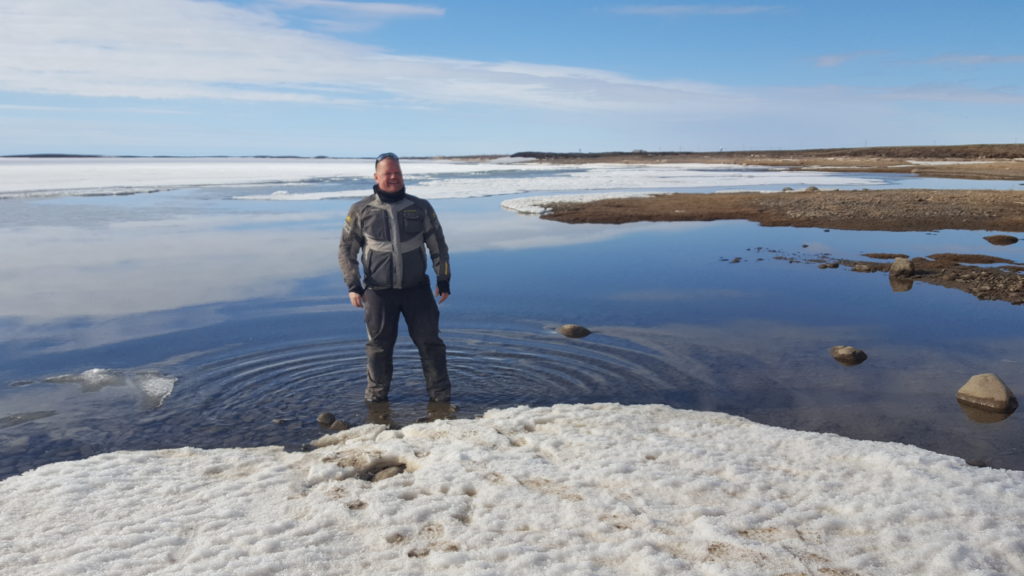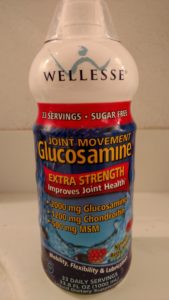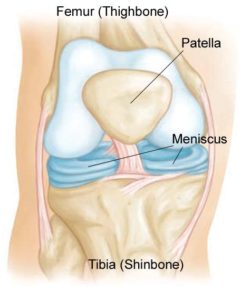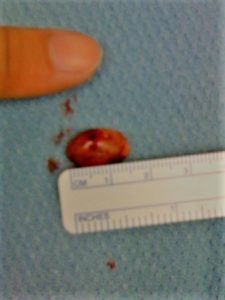You have done some extraordinary things. I don’t know what they were but you do. You have helped someone, been somewhere memorable, had an unforgettable experience, had someone sincerely thank you for something you did and the list goes on.
You have some bad memories of something you did, something that happened to you, a mistake you made that you can’t take back. That list goes on as well.
We all have those lists in our heads. It’s normal and natural. We all sometimes find ourselves remembering the bad stuff. But we have a choice. Keep beating ourselves up with the bad memories or start remembering the good ones?
Knowing this, I wrote down a list of as many good things in my life as I could come up with at the moment and saved it. More importantly, I saved it in my head where I could access it whenever I wanted to. I found that the more frequently I revisited those memories, the easier it was to recall them. I add to them from time to time.
So now, when I find that I’m getting down on myself about a bad experience I had and can’t change, that triggers me to just start remembering the good stuff instead, starting with the best first. I try to be as vivid as possible in my memories of the good stuff. Then a funny thing happens. I don’t care about the bad stuff anymore. It’s in the past, only exists in my memories, and really doesn’t have to exist anymore at all. Sure the good stuff is only memories now as well but it’s a hell of a lot more pleasant to think about.
Here’s just a few of those good memories:
Flying my Cessna not just over a live volcano but through it. The sides of the volcano on both sides and behind me as I fly down and out the front of it where it blew the side out. Yes, that really happened…a few times. I did that a long time ago and don’t recommend it…in fact, it could be illegal. I never asked.
Flying my plane alongside an erupting volcano (20 miles away) and watching the pyroclastic flow affect the river below as it washed logs from a riverside log dump. Watching the logs crashing down the river and into a bridge where traffic was backed up for miles both ways while I got to just fly back to the airport.
Having a friend tell me that his doctor told him the aspirin I gave him when he was having chest pains “saved his life.” He got a stint and is still leading an active life.

Riding an “Adventure” motorcycle with good friends who were riding theirs north of the Arctic Circle to Prudhoe Bay, the most northerly place one can drive in America. Then, two years later doing the same thing in Canada visiting an indigenous people’s village of Tuktoyyaktuk on the Arctic Ocean. Surviving a blizzard on the return trip that took out two of my friends (who have recovered from their injuries). This in my mid-70’s.
Stopping and helping a stranded stranger more than once and helping them get their car started and seeing the look on their face as they asked “Who are you?”
Marrying my high school sweetheart and remembering how my mother told me I should meet this 15 year-old girl (Same age as I was) who was helping her in our restaurant. Thinking how lucky I am to still be with her as our 80 year old birthdays approach.
Having my grandchildren ask me to help them fix or do something. Loving that they live next door!!
Having good friends to call and do things with.
Hiking on beautiful mountain trails. Exploring a rustic deserted log cabin and seeing where the cougar put deep scratches into the old sturdy ladder as it climbed up on the loft perch. Stopping in mid-stride in a mountain meadow after seeing a mother bird do the broken-wing thing they do to lure me away from their babies. Discovering that there was a nest with two tiny babies under my lifted foot that I would have stepped on had their wonderful mother not done her broken-wing act.
Sailing a 50’ sailboat in the British Virgin Islands with good friends. Going to the Barcelona Olympics and many other places with them. Cruising through the Panama Canal and meeting wonderful people on that trip who are still our friends.
Winning Four Wheeler Magazine’s “Top Truck Challenge” making my Jeep and I famous…for maybe 15 minutes.
Finally getting around to writing a few things in this blog.
There are many more, most of which are much more mundane but pleasant to recall releasing the good-feeling endorphins.
I’m sure you can write your list which may or may not be as adventurous sounding but equally pleasurable to remember. When should you do it? How about now?

 mechanism for repairing itself. In the form of new cartilage cells that replace the ones that are being worn off. It has been shown that small meniscus tears do heal. Otherwise, how could something that gets this much use have much longevity? It could be, that the problem comes when the newly attaching cartilage cells, which have to be pretty soft to start with, getting knocked off by rough spots on the opposing femur joint. The same thing that was wearing out the meniscus in the first place. Your body May take the cartilage particles that glucosamine is made from and place it in between the two rubbing components, sort of like a grease or oil, to protect the new cells and give them time to set up into harder, abrasion-resistant cells.
mechanism for repairing itself. In the form of new cartilage cells that replace the ones that are being worn off. It has been shown that small meniscus tears do heal. Otherwise, how could something that gets this much use have much longevity? It could be, that the problem comes when the newly attaching cartilage cells, which have to be pretty soft to start with, getting knocked off by rough spots on the opposing femur joint. The same thing that was wearing out the meniscus in the first place. Your body May take the cartilage particles that glucosamine is made from and place it in between the two rubbing components, sort of like a grease or oil, to protect the new cells and give them time to set up into harder, abrasion-resistant cells.